Growth in Renewable Energy Sector
The renewable energy sector is emerging as a vital driver for the Iron Casting Market, particularly in the production of wind turbines and solar energy systems. Iron castings are essential for various components, including turbine housings and structural supports. As the world shifts towards sustainable energy solutions, the demand for iron castings in this sector is likely to increase. In 2025, investments in renewable energy projects are projected to soar, potentially leading to a significant uptick in the Iron Casting Market. This trend indicates a promising opportunity for manufacturers to diversify their product offerings and cater to the evolving energy landscape.
Increasing Focus on Sustainability
The increasing emphasis on sustainability is influencing the Iron Casting Market, as manufacturers seek to reduce their environmental footprint. Initiatives aimed at recycling and utilizing eco-friendly materials are gaining traction, prompting companies to innovate in their production processes. The demand for sustainable iron castings is expected to rise, driven by regulatory pressures and consumer preferences for environmentally responsible products. In 2025, the Iron Casting Market may see a shift towards greener practices, potentially leading to new market opportunities and partnerships focused on sustainability.
Rising Demand in Automotive Sector
The automotive sector is experiencing a notable surge in demand for iron castings, primarily due to the increasing production of vehicles. Iron casting components are integral to various automotive parts, including engine blocks, transmission cases, and brake components. As manufacturers strive to enhance vehicle performance and safety, the reliance on durable and high-quality iron castings becomes paramount. In 2025, the automotive industry is projected to account for a substantial share of the Iron Casting Market, driven by innovations in electric vehicles and lightweight materials. This trend indicates a robust growth trajectory for iron casting suppliers, as they adapt to the evolving needs of automotive manufacturers.
Infrastructure Development Projects
Infrastructure development remains a critical driver for the Iron Casting Market, as governments and private entities invest heavily in construction and renovation projects. The demand for iron castings in infrastructure applications, such as bridges, railways, and pipelines, is expected to rise significantly. In 2025, the global expenditure on infrastructure is anticipated to reach unprecedented levels, thereby creating a favorable environment for iron casting manufacturers. The durability and strength of iron castings make them ideal for these applications, suggesting that the Iron Casting Market will benefit from ongoing and future infrastructure initiatives.
Technological Innovations in Manufacturing
Technological advancements in manufacturing processes are reshaping the Iron Casting Market, enhancing efficiency and product quality. Innovations such as 3D printing and automated casting techniques are streamlining production, reducing waste, and improving precision. These developments not only lower operational costs but also enable manufacturers to meet the growing demand for customized iron casting solutions. As companies adopt these technologies, the Iron Casting Market is likely to witness increased competitiveness and profitability. In 2025, the integration of advanced manufacturing technologies is expected to play a pivotal role in driving market growth.


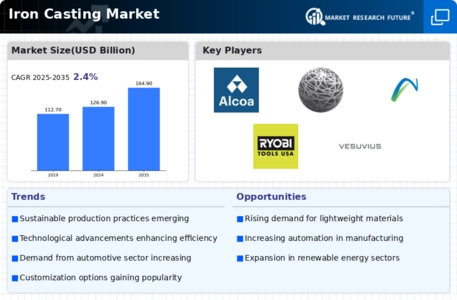
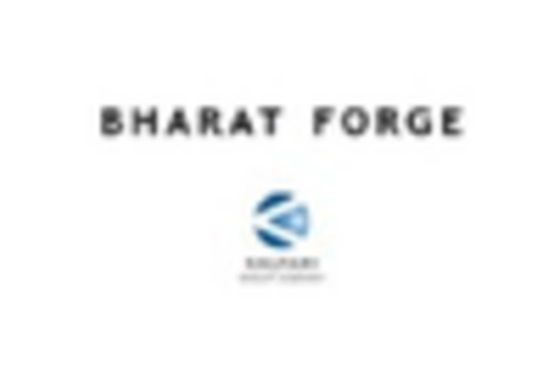
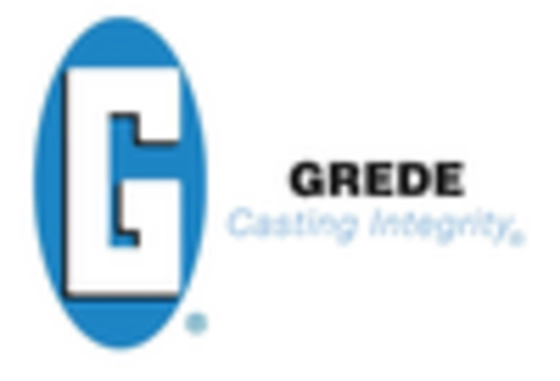
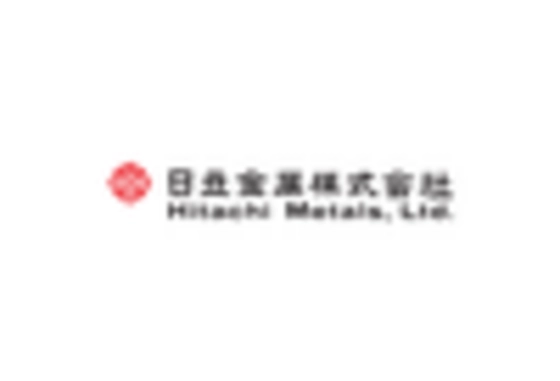
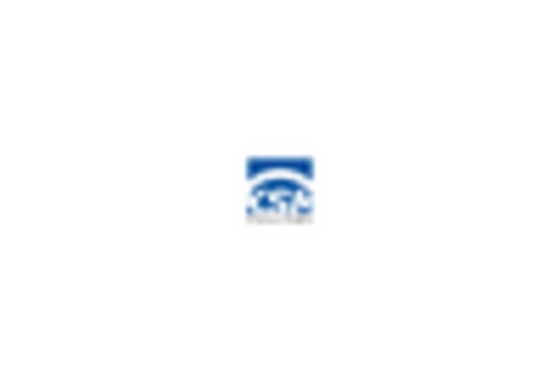
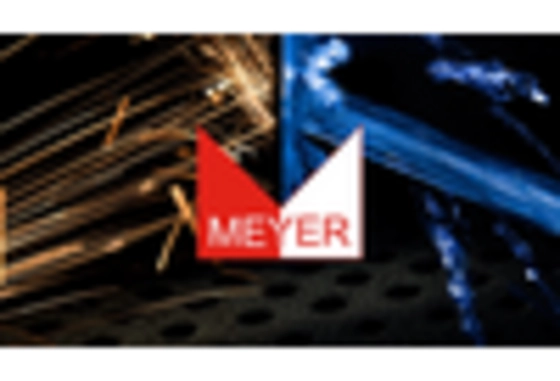
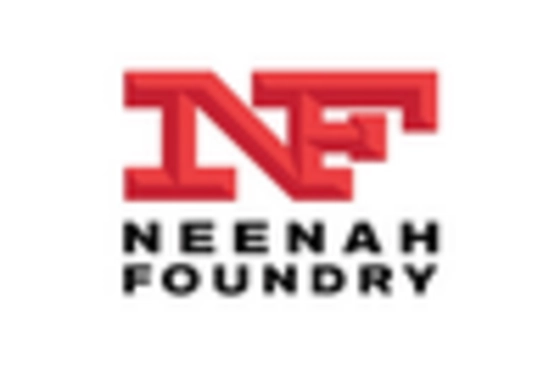








Leave a Comment